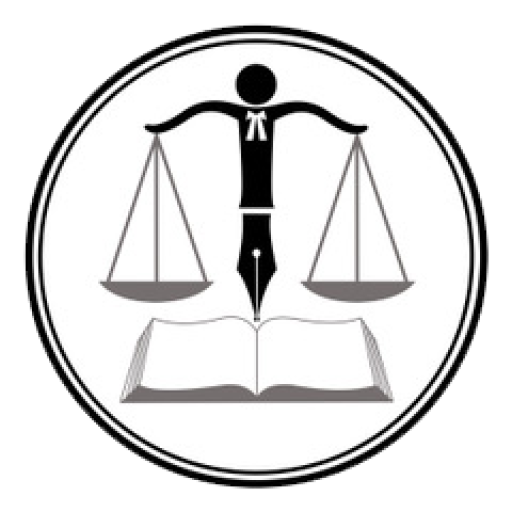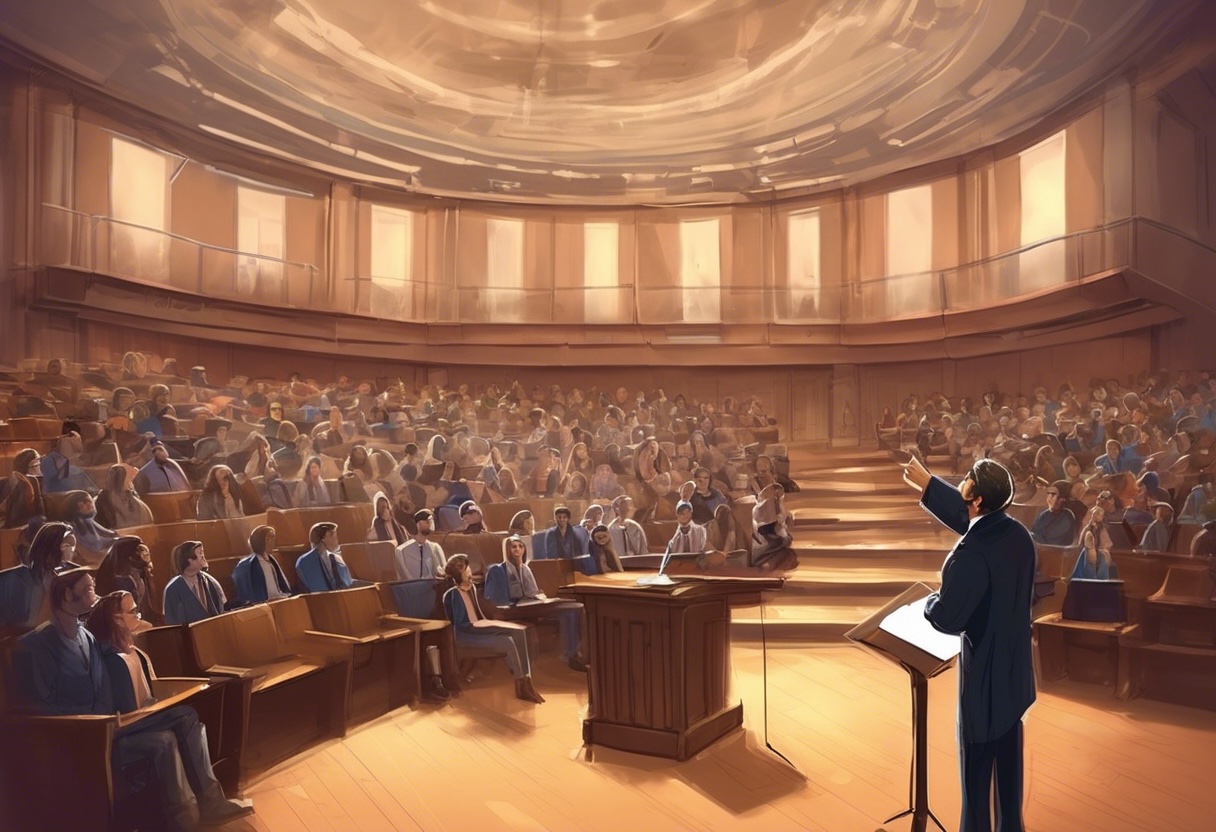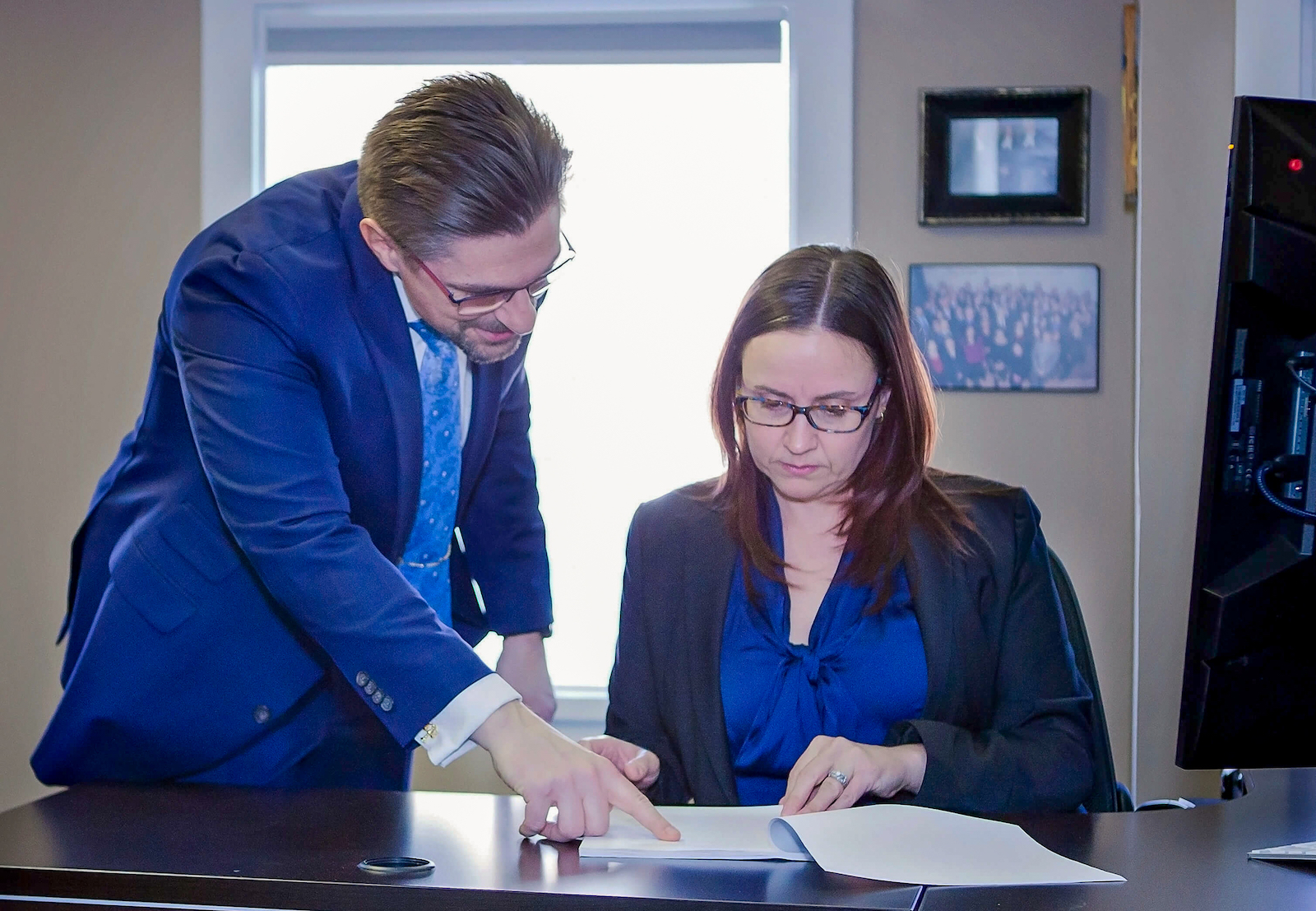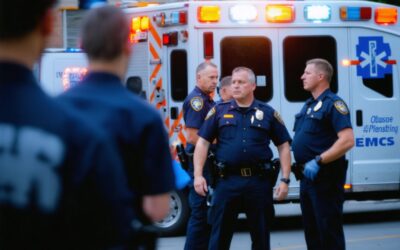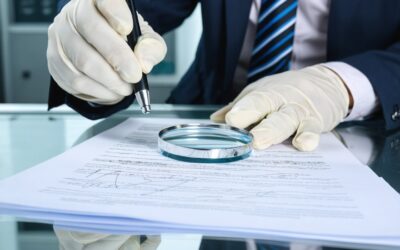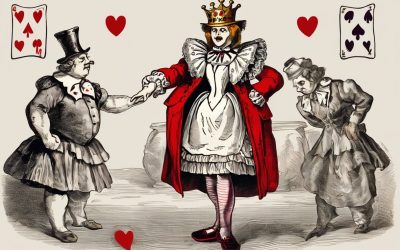This week’s top three summaries: R v PJC, 2025 ONCA 196: #trauma psychology, R v DeSutter, 2025 NSCA 18, #sexual images relevance, R v SK, 2025 ONCA 149: #sexual assault motives
R v PJC, 2025 ONCA 196
[March 12, 2025] Expert Evidence: Psychology About Presentation “Consistent” with Trauma [Reasons by Rouleau J.A. with L.B. Roberts and L. Favreau JJ.A concurring]
AUTHOR’S NOTE: Expert psychological evidence often tries to introduce specialized knowledge into criminal cases, particularly in areas the justice system regularly deals with, such as memory and trauma. Recently, “trauma-informed” approaches have gained traction in legal education and judicial circles.
In this case, an expert was allowed at trial to testify about the “neurobiology of trauma,” including dissociative amnesia and recovered memories, to explain a witness’s behavior. However, the Court of Appeal found this evidence to be unnecessary and prejudicial, ultimately excluding it. The ruling reinforces that such evidence often serves as oath-helping—bolstering a complainant’s credibility under the guise of science—rather than providing genuinely necessary expertise. The decision serves as a strong precedent for challenging similar expert testimony in future cases.
[1] The appellant was convicted of assaulting his three young stepchildren and sexually assaulting one of them between 1999 and 2001. He appeals his convictions and his sentence of 10 years’ imprisonment. The sole issue on the conviction appeal is whether the trial judge erred in admitting the evidence of Dr. Lori Haskell, an expert witness who testified on the neurobiology of trauma and its effects on memory.
A. FACTS
(1) Evidence of Dr. Lori Haskell
[5] The Crown’s first witness at trial was Dr. Lori Haskell, a clinical psychologist. She was qualified to give expert opinion evidence on the neurobiology of trauma – including the encoding, storage, and retrieval of memories – the impact of trauma on memory, dissociative amnesia and trauma, recovered memories, and factors that diminish or enhance memories of traumatic events.
[6] The stated purpose of Dr. Haskell’s evidence was to provide a biological explanation for how people recall traumatic events, with particular focus on childhood sexual assault. The appellant’s trial counsel (not Ms. Hansell) took no issue with Dr. Haskell’s expertise, and the parties agreed to the trial proceeding as a blended voir dire and trial. Following Dr. Haskell’s testimony in chief, the defence cross-examined her, and the parties made submissions about the admissibility of her evidence at the conclusion of the trial.
(a) Dr. Haskell’s report
[7] Dr. Haskell did not interview the complainants. Rather, in preparing her opinion evidence, she reviewed transcripts of the complainants’ testimony at the preliminary inquiry as well as transcripts of their police interviews. Dr. Haskell then authored a report for the Crown, which was entered as a lettered exhibit on the voir dire. The Crown characterized this report as “an aid” to the trial judge in following Dr. Haskell’s evidence. As a lettered exhibit, this report does not constitute evidence. It does, however, form part of the trial record for appeal purposes and, as such, it can inform this court’s understanding of how Dr. Haskell’s evidence was proffered to support the Crown’s case at trial: Wasylyk v. Simcoe (County), 2023 ONCA 473, at para. 10.
[8] In that report, Dr. Haskell analyzes various portions of the complainants’ interviews and testimony and describes them as being consistent with how victims of childhood trauma would remember traumatic events…
…The report notes that, “when asked by the detective whether the accused ejaculated, [E.M.] responds that she doesn’t remember.” Dr. Haskell goes on to explain that the “concept of ejaculation is not something a child of age seven can be expected to understand … [E.M.]’s failure to remember whether the accused ejaculated or not is an example of impaired semantic encoding,…
(b) Evidence on the voir dire
[9] Dr. Haskell gave evidence about how the trauma of sexual assault can be expected to impact a child’s memory of that event. She described the difference in how people encode, store, and retrieve central versus peripheral details of events in general, and of traumatic events in particular. Traumatic experiences, she said, are encoded as intense fragments rather than in chronological sequence, and how an individual encodes that memory also depends on their age and level of comprehension. Victims of childhood sexual assault, she explained, can be expected to have gaps in their memory and give accounts with inconsistencies in respect of peripheral details. They may also go for a period of time without being able to recall traumatic experiences or may not allow themselves to reflect or call upon those memories.
[10] Additionally, Dr. Haskell testified about “dissociative amnesia”, a phenomenon where a gap in memory is caused by an individual detaching from reality to cope with a traumatic event.
[11] …However, as I will discuss further below, the features of the complainants’ pre-trial evidence on which Dr. Haskell focused were subsequently led as evidence at trial when they were elicited by the Crown in its examination of the complainants.
(c) The hypotheticals
[12] During the voir dire, the Crown put a series of questions to Dr. Haskell based on purportedly hypothetical situations. Although these each referenced a hypothetical child, they incorporated distinctive features of the complainants’ evidence that Dr. Haskell had already analyzed in her report. As noted above, these were features that the Crown subsequently elicited on direct examination of the complainants.
(2) The complainants’ evidence
[17] The appellant denied these allegations. He testified that he could not recall a time when he was alone with the children in a bedroom, and that he never saw E.M. naked.
(3) The trial judge’s decisions
(a) Admissibility of Dr. Haskell’s expert evidence
[18]…The trial judge also found that Dr. Haskell’s evidence did not violate any exclusionary rule as she did not opine inappropriately on the credibility of the complainants.
(b) Reasons for conviction
[20] …With respect to how she applied it, the trial judge explained that:
[W]hile Dr. Haskell’s evidence provides the court with relevant and helpful information and puts the evidence of the complainants in context, it is only one factor, and a minor one at that, that I consider when reaching my ultimate conclusion given the circumstances in this case for the reasons that will become evident as I assess the evidence of the complainants.
C. ANALYSIS
(1) The law
[25] The law regarding the admission of expert evidence is well settled. Expert evidence is presumptively inadmissible. To be admitted, the proponent must satisfy the four threshold requirements of admissibility: relevance, necessity, absence of other exclusionary rules, and expert qualification. If these requirements are met, the trial judge must then conduct a cost-benefit analysis, balancing the probative value of the evidence against its prejudicial effect: White Burgess Langille Inman v. Abbott and Haliburton Co., 2015 SCC 23, [2015] 2 S.C.R. 182, at paras. 19, 21-24.
(3) Discussion
[29] In my view, Dr. Haskell’s expert evidence ought not to have been admitted. As I will explain, it did not meet the necessity requirement for the admission of expert evidence. Further, the way in which it was presented went beyond providing context for understanding the complainants’ evidence. Through the use of hypotheticals tracking the specific allegations and behaviours of the complainants, Dr. Haskell’s opinion evidence improperly bolstered their credibility and served to blunt any prospective cross-examination of the complainants. Accordingly, even if the evidence had been necessary, it should have been excluded because its prejudicial effect outweighed any probative value it may have had.
(a) Necessity
[33] The primary danger posed by the admission of expert evidence is, as explained by Major J. in D.D., at para. 53, that “faced with an expert’s impressive credentials and mastery of scientific jargon, jurors are more likely to abdicate their role as fact-finders and simply attorn to the opinion of the expert in their desire to reach a just result.” In judge-alone trials, “the need to draw the line properly between the role of the expert and the role of the court” remains an animating concern when determining the admissibility of expert evidence: R. v. J.‑ L.J., 2000 SCC 51, [2000] 2 S.C.R. 600, at para. 26; see also R. v. Sekhon, 2014 SCC 15, [2014] 1 S.C.R. 272, at para. 46.
[36] There is no doubt that Dr. Haskell’s evidence on the neurobiology of trauma was technical and outside the knowledge and experience of the average Canadian. It is also true that understanding the neurobiology of the brain may be helpful in that it provides explanations for why people who suffer trauma as a child may later, as adults, have gaps in their memories of these traumatic events. Similarly, as Dr. Haskell explained, semantic encoding provides an explanation as to why someone like E.M., who recalls having been sexually abused as a child, might not remember whether her abuser ejaculated. However, as explained by the Supreme Court, the fact that something is outside the knowledge of a lay person and may be helpful is not sufficient to meet the necessity requirement for admission of expert evidence. The question the trial judge ought to have asked was whether, in the present case, she could correctly assess and interpret the complainants’ testimony without the help of Dr. Haskell’s evidence. In other words, was an understanding of the functioning of the brain, the neurobiology of trauma, and semantic encoding, amongst other things, necessary to assess whether the three complainants were credible, and whether their evidence was reliable. By equating helpfulness with necessity, the trial judge erred.
[37] …As I have explained, however, the trial judge effectively ended her inquiry after determining that the technical evidence given by Dr. Haskell was outside the knowledge of the average person and may be helpful. Finding that expert evidence might reasonably assist the trier of fact is not enough to make out necessity: D.D., at para. 47. The trial judge ought to have gone on to determine whether that evidence met the legal threshold of necessity, in that it was required to appreciate the complainants’ evidence.
[38] Applying the appropriate test, I conclude that, in the context of this case, the fact that Dr. Haskell’s testimony with respect to the neurobiology of trauma is outside the knowledge of the average person is, in a sense, irrelevant. The assessment of the credibility and reliability of witnesses, including those testifying about traumatic events they suffered as children (or as adults), is the daily fare of judges and is grounded in common knowledge and experience. In general, triers of fact do not need to know how the brain functions and encodes memories to assess the probative value of this evidence. The Supreme Court and this court have confirmed that trial judges are equipped to analyze the evidence of witnesses with frailties in their memory without the assistance of expert evidence: see R. v. H.S.B., 2008 SCC 52, [2008] 3 S.C.R. 32, at paras. 14-15; R. v. G.M.C., 2022 ONCA 2, 159 O.R. (3d) 561, at paras. 38-39; R. v. Perlett (2006), 212 C.C.C. (3d) 11 (Ont. C.A.), at para. 108; and R. v. Ferguson (2000), 142 C.C.C. (3d) 353 (Ont. C.A.) at para. 73, per Laskin J. (dissenting) (reasons substantially adopted in 2001 SCC 6, [2001] 1 S.C.R. 281). [Emphasis by PJM]
[40] In my view, the average person is well able to assess the credibility and reliability of witnesses such as the complainants without Dr. Haskell’s evidence. As explained by Strathy C.J.O. in G.M.C., at para. 38, people can reasonably be expected to understand that observations made in the course of traumatic events can be difficult to recall and describe accurately, and the inability to recall minor or insignificant aspects of a traumatic event does not detract from a witness’ overall reliability or credibility; these are propositions “grounded in common experience, that are familiar to every trial judge and lawyer and to lay people.” [Emphasis by PJM]
[41] In G.M.C., Strathy C.J.O. was discussing adults testifying about traumatic events suffered while they were adults. His comments apply all the more when the witness is an adult testifying as to traumatic events suffered when they were children. There is a longstanding recognition in our law that memories formed as a child can be expected to contain gaps in respect of details, including time and place: see R. v. W.(R.), [1992] 2 S.C.R. 122, at pp. 133-34; R. v. B.(G.), [1990] 2 S.C.R. 30, at pp. 54-55. The standard for assessing the credibility of adult complainants giving evidence about harm they suffered as children accounts for these expected frailties: see R. v. A.M., 2014 ONCA 769, 123 O.R. (3d) 536, at para. 11.
[42]…There are situations where, as explained by Rosenberg J.A. in R. v. M.(B.) (1998), 130 C.C.C. (3d) 353 (Ont. C.A.), expert evidence about the functioning of memory may be necessary. In M.(B.), Rosenberg J.A. suggested that, although expert evidence about the effect of trauma on memory would not generally meet the necessity requirement, a narrow expert opinion on memory may have been admissible in that case to assess the reliability of testimony based on a memory the witness had allegedly formed as a two-year-old, because that might be outside the normal experience of a trier of fact: at para. 101. The facts of M.(B.), however, were unusual and the issue Rosenberg J.A. seized on is quite distinct from those before the court in this case. At its core, Dr. Haskell’s evidence did little more than give a neurobiological explanation of why memories of traumatic childhood events may contain gaps and inaccuracies.
(b) Overriding prejudicial effect
[45] Over and above the concern as to lack of necessity, I consider the manner of presentation of Dr. Haskell’s evidence to be problematic and unduly prejudicial. As I will explain, Dr. Haskell’s evidence went beyond explaining the neurobiology of trauma and its effects on memory. The Crown fashioned hypothetical questions for Dr. Haskell to answer that closely paralleled the allegations of sexual and other physical abuse as well as the frailties and gaps in the complainants’ memories. The hypotheticals were designed to elicit an opinion from Dr. Haskell that the gaps and frailties in the hypothetical subject’s memory – and therefore the complainants’ memories – were consistent with the way people who suffered such abuse would remember the incidents. They anticipated Crown-led evidence from the complainants to inure the trier of fact to those identified gaps and frailties thereby improperly bolstering the complainants’ credibility and reliability.
(ii) How the evidence unfolded
[54] The prejudice occasioned by the hypotheticals was compounded by the manner and sequence in which the evidence was presented. The Crown’s position on appeal is that Dr. Haskell’s evidence was appropriately led to provide the trier of fact with a more complete picture of the complainants’ evidence, particularly their flawed memories. After Dr. Haskell provided expert evidence on how victims of childhood abuse would testify, the Crown’s examination of the complainants in effect prompted them to testify precisely in that way. As a result, the way the evidence unfolded could reasonably have created the impression that because the complainants answered the Crown’s questions in a manner that would be expected of persons having suffered abuse, the complainants’ answers were evidence suggesting that they had in fact suffered abuse as children – in other words, that their allegations of abuse were credible and reliable.
[63] As a result, even if I had found Dr. Haskell’s evidence met the necessity requirement, due to the hypotheticals used and how the evidence unfolded, I am of the view that it carried a prejudicial effect that far outweighed any probative value. For these additional reasons, I conclude that the trial judge erred in admitting the evidence.
D. DISPOSITION
[71] I would allow the conviction appeal, set aside the convictions and order a new trial. In light of this conclusion, I need not deal with the sentence appeal.
